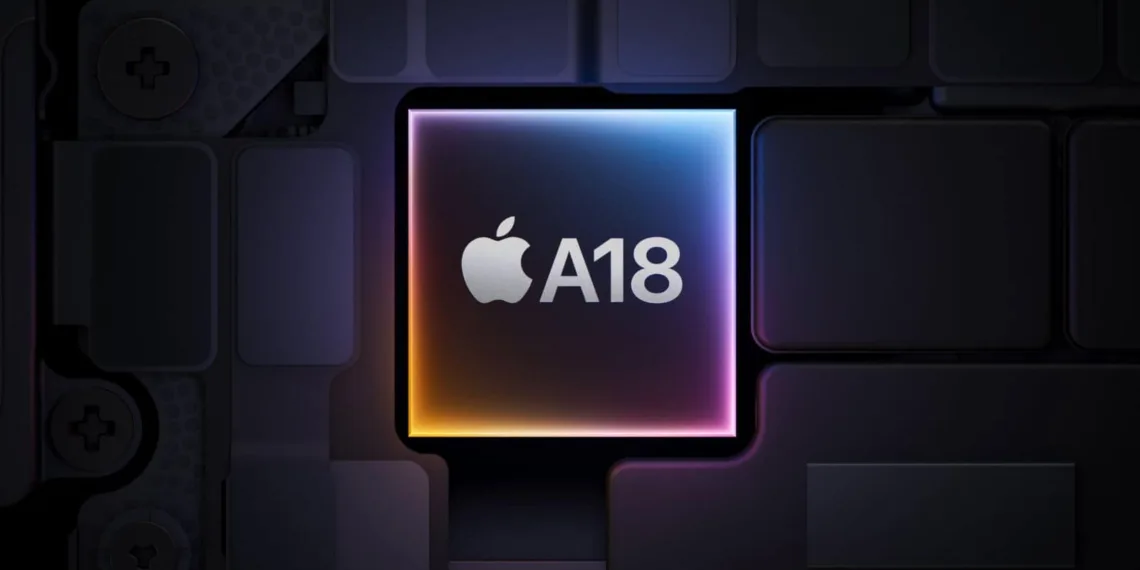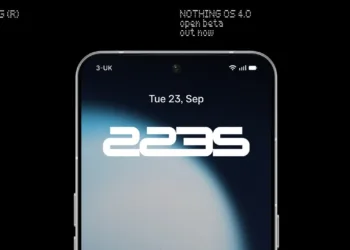Apple A18 vs. A18 Pro: Which is better, What is the difference? – All You Need to Know
Apple has introduced new second-generation 3-nanometer chips for its latest iPhone lineup, the iPhone 16 and iPhone 16 Pro series. Both models come with notable performance upgrades, but there are important differences between the Apple A18 chip in the iPhone 16 and 16 Plus and the A18 Pro chip in the iPhone 16 Pro and Pro Max. Here’s a breakdown of what sets these two chips apart, as well as some key shared features.
Shared Features: Apple A18 and A18 Pro
Both the A18 and A18 Pro chips share several advanced features:
- Built on a second-generation 3-nanometer process for smaller, more efficient transistors.
- 6-core CPU configuration with four performance cores and two efficiency cores.
- Enhanced 16-core Neural Engine optimized for running large generative models.
- Upgraded memory subsystem with 17% more memory bandwidth for faster and more responsive performance.
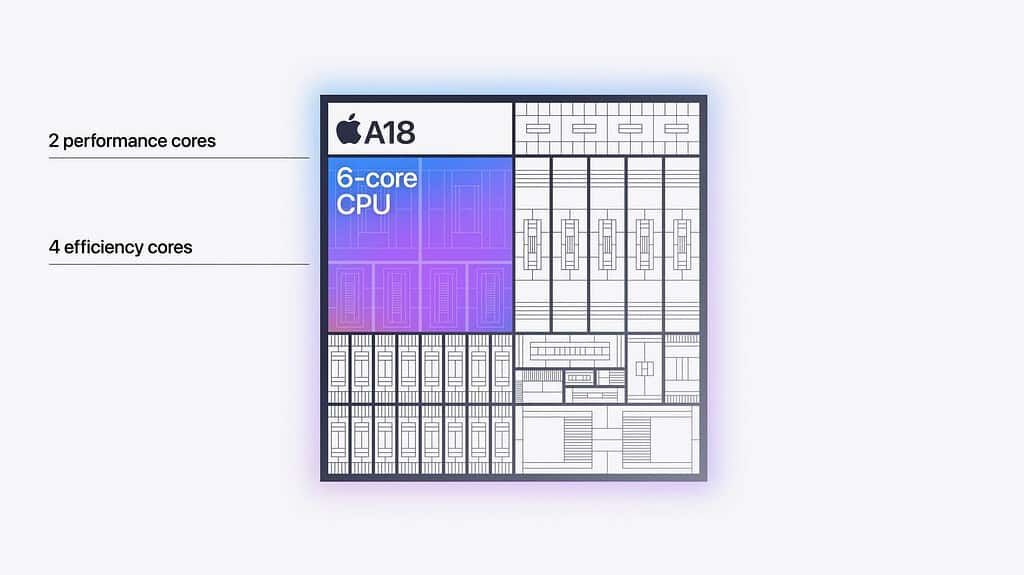
What’s New with the Apple A18 Chip in iPhone 16 Models?
The Apple A18 chip powers the iPhone 16 and iPhone 16 Plus with several key features:
- The A18 features a 5-core GPU, compared to the 6-core GPU in the A18 Pro, providing strong graphics performance for everyday tasks.
- iPhone 16 models come with a new thermal design. Apple has revamped the main logic board, optimizing chip placement and using a recycled aluminum substructure to improve heat dissipation. This leads to a 30% boost in sustained performance for gaming.
- Hardware-accelerated ray tracing is now available in the standard iPhone lineup for the first time, bringing console-quality gaming capabilities to the iPhone 16, similar to the A17 Pro in last year’s iPhone 15 Pro models.
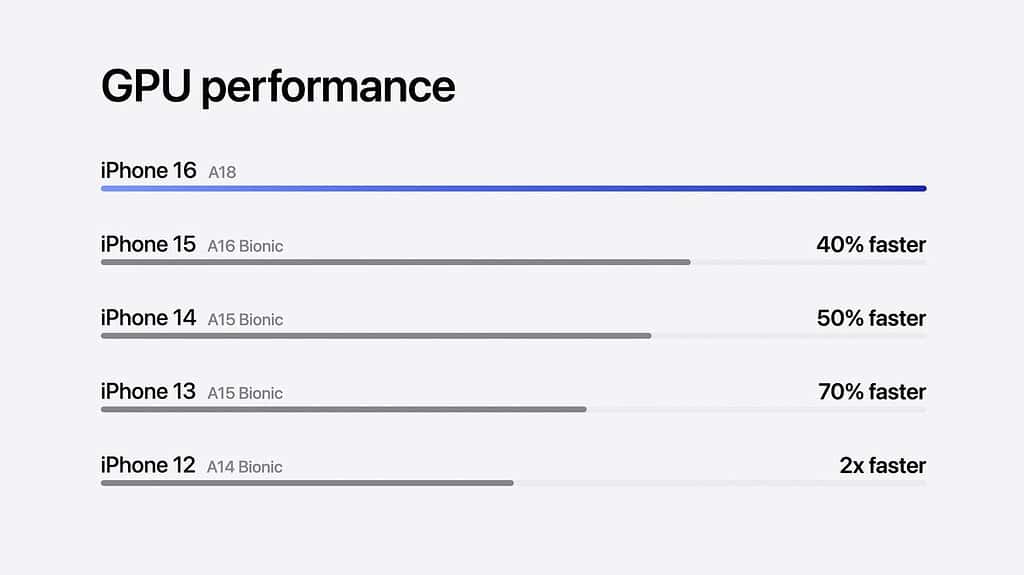
What’s Special About the A18 Pro Chip in iPhone 16 Pro Models?
The Apple A18 Pro chip brings additional enhancements to the iPhone 16 Pro and Pro Max:
- The A18 Pro uses the same 6-core CPU and Neural Engine as the A18 but upgrades to a 6-core GPU for even better graphics performance.
- The iPhone 16 Pro models maximize thermal efficiency with a machined chassis made from 100% recycled aluminum, bonded to a titanium frame using solid-state diffusion. Combined with a graphite-clad aluminum substructure, this architecture provides a 20% improvement in sustained gaming performance compared to the A17 Pro.
Performance Boosts with Apple A18 and A18 Pro
A18 Chip Performance
- The A18’s CPU is 30% faster than the A16 Bionic and offers the same performance while using 30% less power.
- The GPU in the A18 is 40% faster than the A16 Bionic GPU and is also more power-efficient, delivering the same performance with 35% less power.
- The new Neural Engine in the A18 is twice as fast as the one in the A16 Bionic for machine learning tasks.
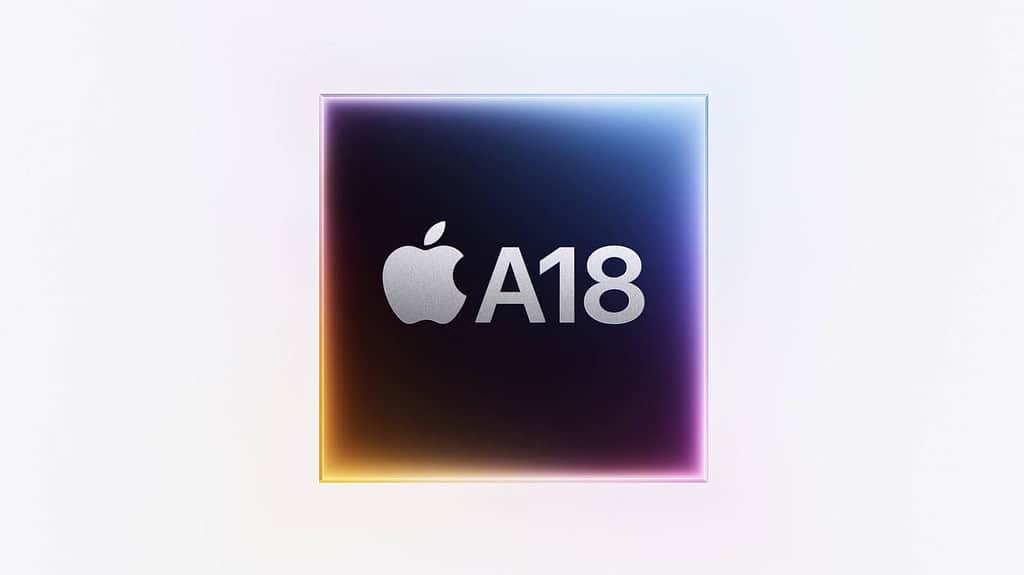
A18 Pro Chip Performance
- The Apple A18 Pro’s 6-core CPU is 15% faster than the A17 Pro, providing the same performance with 20% less power. Apple claims it is the fastest CPU in any smartphone, with next-gen ML accelerators for high-efficiency and low-latency computations.
- The 6-core GPU is 20% faster than the GPU in the A17 Pro, with 2x faster hardware-accelerated ray tracing.
- Apple says its new Apple Intelligence features run 15% faster on the A18 Pro than on the A17 Pro, thanks to an upgraded Neural Engine.
- The A18 Pro also introduces a new advanced display engine for ProMotion, a new video encoder, and a new image signal processor, processing twice the amount of data for faster video encoding and improved efficiency.
Key Takeaways
Both the Apple A18 and A18 Pro chips bring significant improvements to Apple’s new iPhone 16 lineup, but the A18 Pro takes things a step further with enhanced graphics, better thermal management, and advanced processing capabilities. Whether you opt for the standard iPhone 16 or the Pro models, you’re getting a powerhouse device that pushes the limits of smartphone performance.

